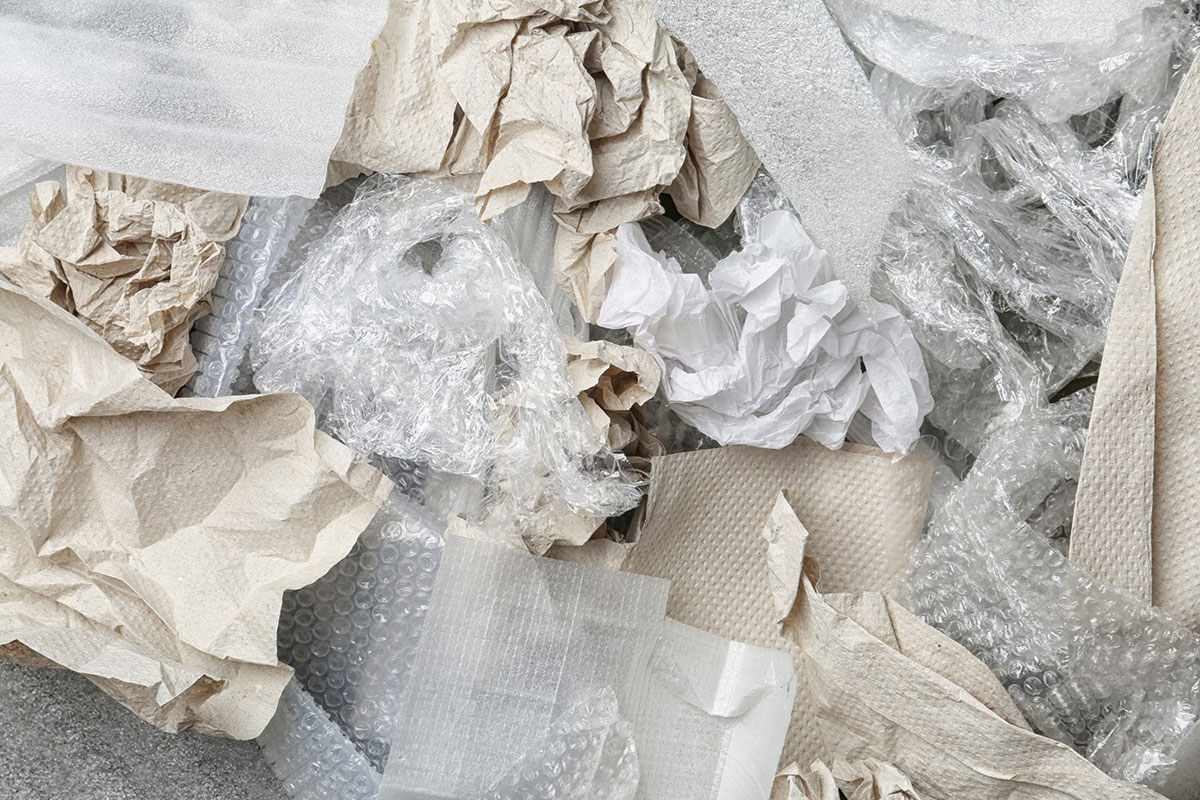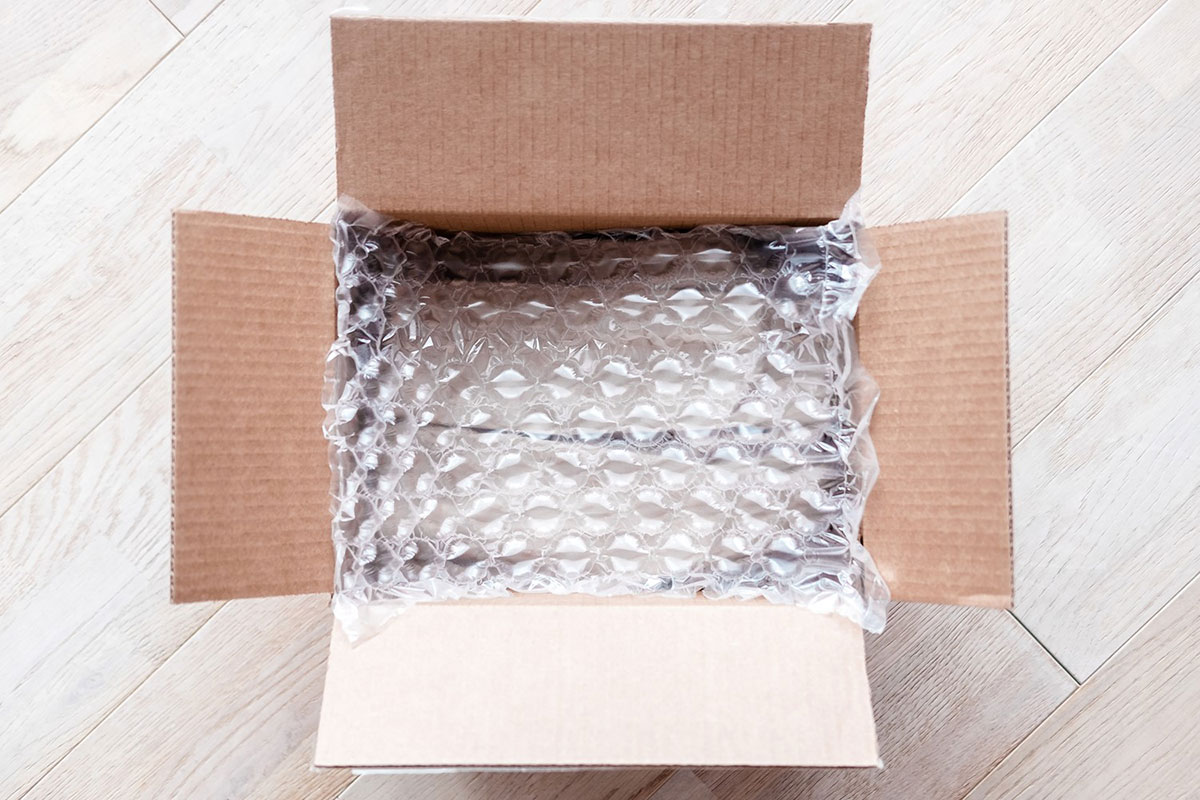(02) 8417 2190

The Most Worthy-Knowing Fact About Recycling Bubble Wrap

Bubble wrap is a handy packaging tool that can be used to ship and store fragile items. Experts are concerned about the environmental impact of bubble wrap due to its increasing production and high demand. It takes time for the product to decay so many people have come up with a solution: make it recyclable. The question is, how can you recycle bubble wraps? Is it worth the effort?
How is bubble wrap made?
The raw material for the manufacture of bubble wrap is polyethylene. It is used to make shampoo bottles, grocery bags, toys, and other products. It is combined into a thin layer, flattened and rolled to achieve the desired thickness. The tiny holes in the rollers vacuum air into the film, forming the bubble. Bubble wrap is then formed as a byproduct. This can protect fragile products from breaking down to a certain degree.
Is bubble wrap recyclable?
Yes. They are not accepted at the curbside and they cannot be mixed with other hard plastic recyclables. These are known as RIC (Resin Identification codes) #1 and #2. They indicate that the bubble wraps are made from rigid plastics such as high-density polyethylene or polyethylene terephthalate. Bubble wraps, on the other hand are RIC #4. This means that they're made from low-density plasticethylene (LDPE).
They can be recycled, even though this may seem unlikely. Bubble wraps are generally found in bread bags, shrink wraps and plastic bags. They can also be used to make soft plastic wrappers. These materials can contaminate the recycling process. Materials that fall under RIC 4 are dangerous to the equipment and recyclers as they jam the machines.
Typically, materials belonging to RIC 4 are separated from other accepted recyclables. These plastic films will be sent directly to landfills if they aren't recycled. They'll likely decompose within 10 to 1000 year. It is possible to recycle bubble wraps and other #4 materials. It is grouped with other plastics and sent to plastic film recycling facilities.

Is it possible to reuse bubble wrap
You can also drop it off at a recycling station located in malls. There are many other uses for your bubble wraps. Because the material is flexible and lightweight, many people choose to reuse them rather than give them away to recycle stations.
These are just a few of the many ways that you can reuse bubble wraps.
It can be used to increase the heat in your home
You can reuse bubble wrap by adding it to your windows. Bubble wrap is used by greenhouses to trap heat in winter. It's an inexpensive alternative to insulating shades and can also be used for insulation purposes. It acts as a barrier to prevent warm or cool air from passing through. To provide heat all winter, you can stick extra bubble wraps from packaging to your windows.
It can also be used to maintain food temperatures
The material traps temperature from both sides and can be used as a packaging tool to keep your food at the right temperature. You can enjoy your food hot or cold for a while before it returns to room temperature.
It can be used as a handle for your car
Bubble wraps are soft and comfortable because they protect fragile materials. It can be added to your crutches or brooms as a protection against sore hands while you grip.
It can be used as a shield for plants
You can also use the plastic's insulation properties to wrap around your plants. The material blocks cold so it can protect your plants from frost in winter.
Keep your car safe from the freezing elements
If the temperature drops below freezing, your windshield and roof will freeze. It can freeze in as little as 32 degrees Fahrenheit. Experts agree that metal and glass cannot retain heat and evaporated water cools to form frost. Bubble wraps can be used to protect your car from freezing.
It can be used as a sleeping pad or as a temporary bed mat.
While bubble wraps are designed to protect fragile materials, they also protect your personal information. You can also use it to make a camping sleeping mat. It will save you money and provide a cushion on the ground.
It can be used as a knee protector
Bubble wraps are a great choice for gardening because they act as a barrier. It can be placed on your knees and used as a kneeling pad. This will prevent you from getting bruises or scrapes while kneeling on concrete or the ground.
It can be placed inside your toolbox
Some tools can have sharp edges that could cause scratches and scrapes on the inside of your toolbox. Bubble wraps can be used to protect the interior of your toolbox from damage. It'll also make it less loud while you carry it.
It's easy to pop it
This is the most common use for bubble wraps, aside from the fact that they are a packaging material. It is a pleasure to blow the bubbles one at a time. Because of the sound, it is said to reduce stress and anxiety. The act of popping bubbles gives you a feeling of accomplishment, satisfaction, and even a sense of achievement.
Be creative
There have been many innovations in the way bubble wraps can be used. But this is one of the most original. "Bubble wrap wall art" has been around for some time. If you look online, you will find many people who can transform their extra materials into stunning pieces of art. It's possible to be creative and create your own masterpieces.
The Takeaway
Today's society finds bubble wraps useful. It protects fragile items from damage and helps to transport them. While there are many eco-friendly options to bubble wrap, you will still have more than you could ever imagine in your home due to its ease of use.
These can be dropped off at your local grocery store, where you will receive them to another facility. It could be a waste of time. Bubble wraps can be used for many purposes, so your imagination is the only limit.
It is a flexible material that can protect and act as an excellent insulation. It's best not to throw away plastics.
